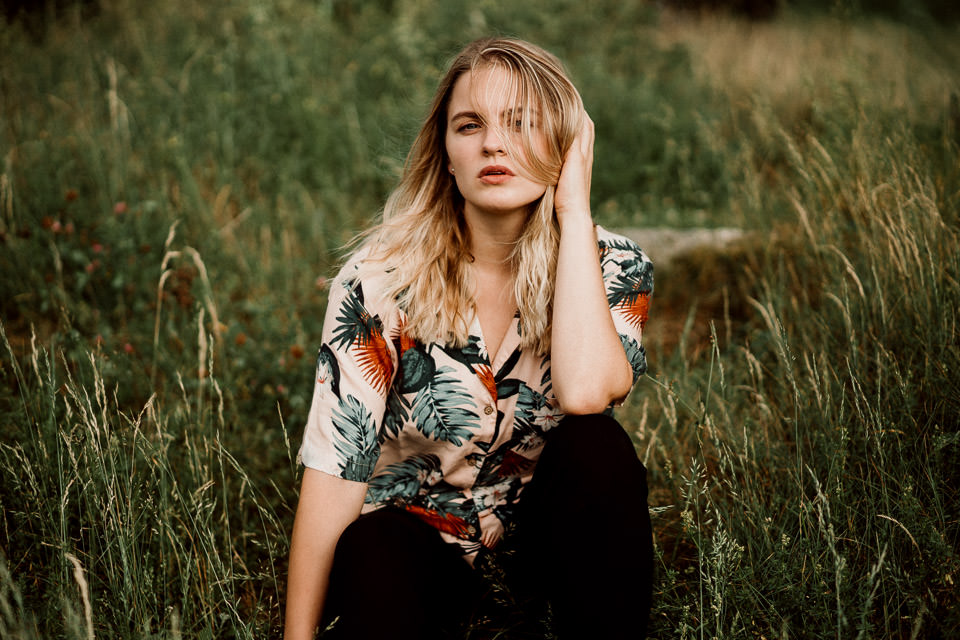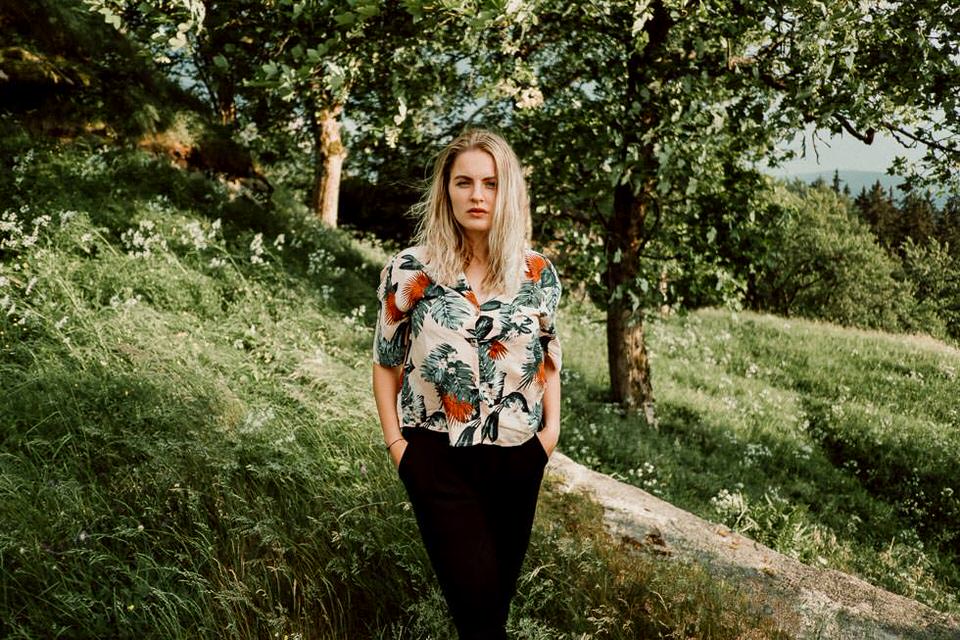How to Choose the Right Focal Length for Portraiture
I think everyone has that one lens he always works with. But it’s also worth it to try different focal lengths in different situations.
It depends on where you shoot, as well as what person you shoot. For many years the 50mm focal length has been the number one choice: This is the estimated distance that also your eyes see while looking at a person or object.
Another reason for the 50mm focal length is, that at this point almost all distortions of the lens are gone. At the same moment, you are not to close to your subject.
This is the thing almost every photographer has heard over the years. But is that really true? Is the 50mm lens still the best way to go?
Let’s have a closer look. In the following, we will compare different focal length lenses, which are often used for portraiture nowadays: 27mm, 35mm, 50mm, and 85mm.
Unfortunately, I do not own a generally the more commonly used 24mm lens. So for this test, I used an 18mm and 23mm on my Fujifilm X-T2 camera. Multiplied with the crop factor it’s the mentioned 27mm and 35mm lens. The 50mm and 85mm lens were attached to my Sony A7III. Excuse the difference in depth of field between the two systems – but most of the times the topic will be on the difference of the focal lengths themselves.
Let’s have a look at the first example. I took a picture of the same scene and by switching lenses I tried to keep the size of the person the same:




So which lens works best in this situation and why? In this example, you can clearly see the amount of background/landscape in the picture, while the model stays at the same size.
Also, watch out for the proportions of her: the real picture of her is taken with the lenses from 85mm to 50mm. By heading to the wide angle, she more and more gets „out of shape“. This is something to avoid when taking wide angle portraits.
Try JPEGmini Pro For Free Now!
You can avoid it by not getting to close to the subject. By using wide angle lenses it’s better to take a step back. Use a wide angle lens for situations with one or more people, where you don’t want to take close-ups. Instead, you will be able to take photos of amazing locations with your subjects standing out of the picture.
Also, it’s easier to use wide angle lenses by placing your subject in the middle of the frame. By moving your subjects to the borders or corners, more distortion will appear. In the end, you can correct the distortion in Lightroom a bit as well if needed.
Conclusion for the wide angle lens
If your portrait’s story isn’t just about the person itself, the wide angle lens is a great way to show more of the surrounding in the picture. Like in the example above this could be when your shooting location is a place with a great view or landscape.
But also when you want to photograph a couple, a wider lens like e.g. a 35mm focal length can be fine. So you can get them both in the frame and show also their surrounding easily.
And the last important point: If you do not have enough space, you also need a wide angle lens. This can be a home shooting for example. Not everyone’s got a huge house – so be prepared to shoot in small rooms.
Also, think about giving shooting instructions: By using a wide angle lens, you’ll usually stand close by your subject and could even whisper to them. You’ll not have to use a loud voice, what can be an advantage.
So now let’s have look at another comparison. Look at her proportions when her face is almost at the center of the frame:




At this example, I did not go to close with the wide angle lens and placed the face near the center. So I didn’t get that many distortions.
The body proportions do not change that dramatic like in the first comparison. You just can see how the background changes: It’s a different angle and also different bokeh behavior.
Let’s talk about the longer focal length like the 85mm at this example. The shot simply looks very natural – there are almost no distortions. And you will get a smoother background bokeh.
But not just the same fore- and background will get smoother with the 85mm lens. Because you will go have to go back a few meters more than with the wide angle lens, you will have more objects that can be blurred out. For example, more grass or leaves are between you and your shot that can be used for your composition in the foreground.
Conclusion for the light tele focal length
Your shot will become more realistic, calm and smoother with this type of lens. Almost no distortions can be seen in comparison to your real eye’s view.
You have to keep more distance to your subject – this will not just increase the amount of blur in your background, but also the number of objects that can be blurred out between you and your subject.
A negative aspect of getting away from your subject will be the fact that your shooting communication needs to be louder. For some kind of shootings like intimate portraiture, it can be disturbing to shout your shooting instructions out.
Conclusion: Which lens to use?
Every lens has its own advantages and disadvantages. I already mentioned the most important ones.
I see a clear disadvantage, that often prevents me to use longer focal lengths. It’s that you are not so free in choosing different angles. With a wide angle lens, you can simply hold the camera over your head and get a massive impact on your image composition. Shooting a tele lens from above your head won’t give such a big impact, because you can not rotate your camera angle much.
In conclusion to choose your lens always ask yourself the question: How much of the shooting location do I want to show? Do I want to take a close up of the subject? Do I want to use crazy camera angles? How much blur do I want to have in my background?
Note that the out-of-focus area of a tele focal length can be a blurry „wall“ by getting closer to the subject. Where instead the bokeh of a wide angle lens can be smooth, while still letting the viewer know, in what surrounding the picture was taken.
But everyone needs to find his own personal favorite focal length. Mine is the „old fashioned“ 50mm lens because I am more flexible in making my composition than with a tele lens. But also there is also no distortions and more bokeh than using a wide angle lens.
So with my 50mm lens, I unite the best parts of both worlds, without getting too specific. But I also try to use different lenses to keep up some variety in my photography.
In the end, there’s one last comparison series left for you:




Thanks for reading and happy shooting! Which focal length do you prefer for your portraiture? Leave your opinion in the comments below.
